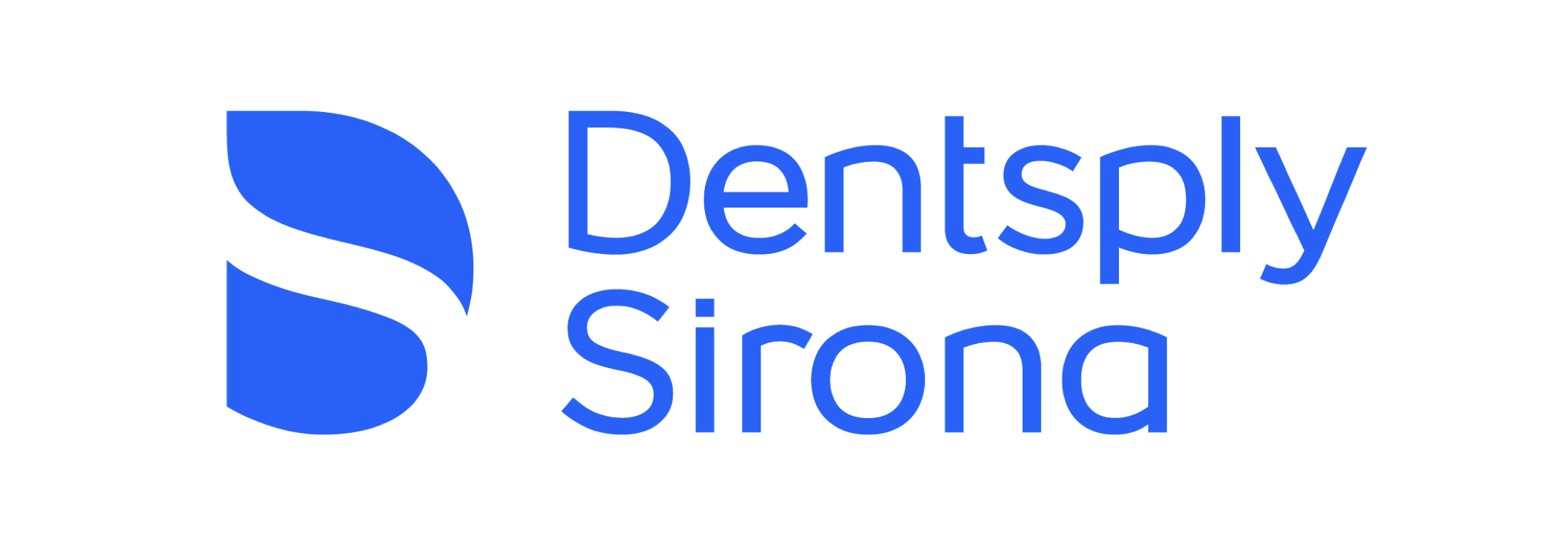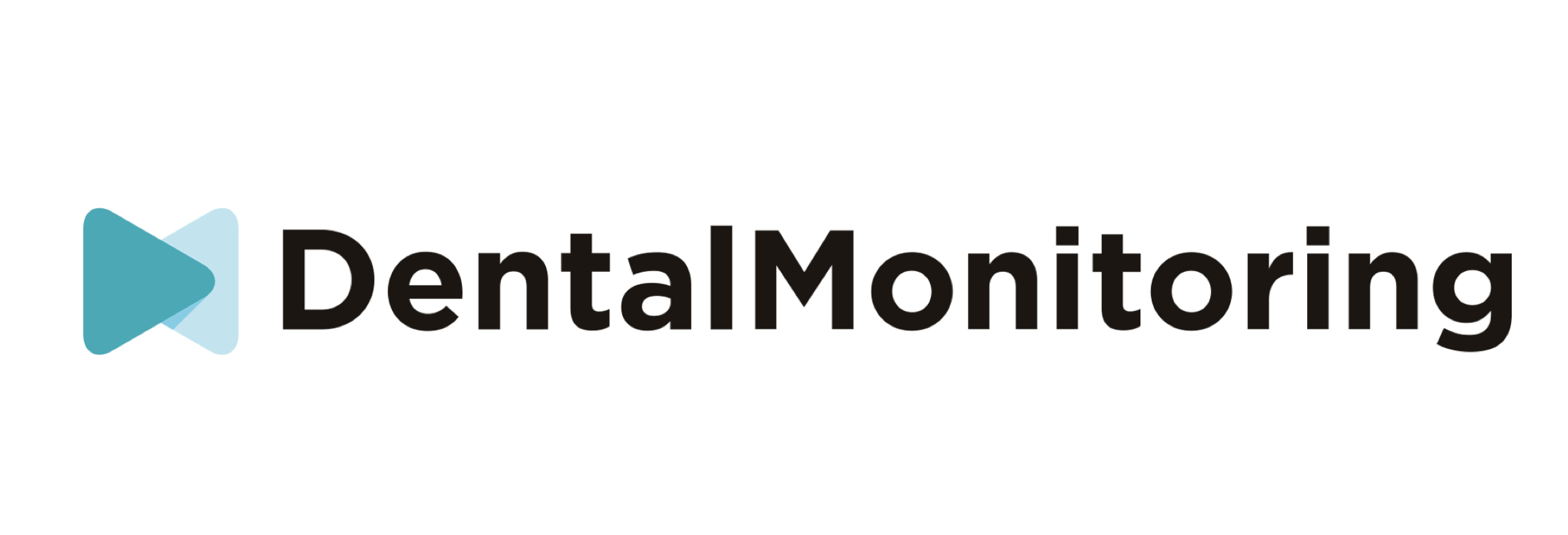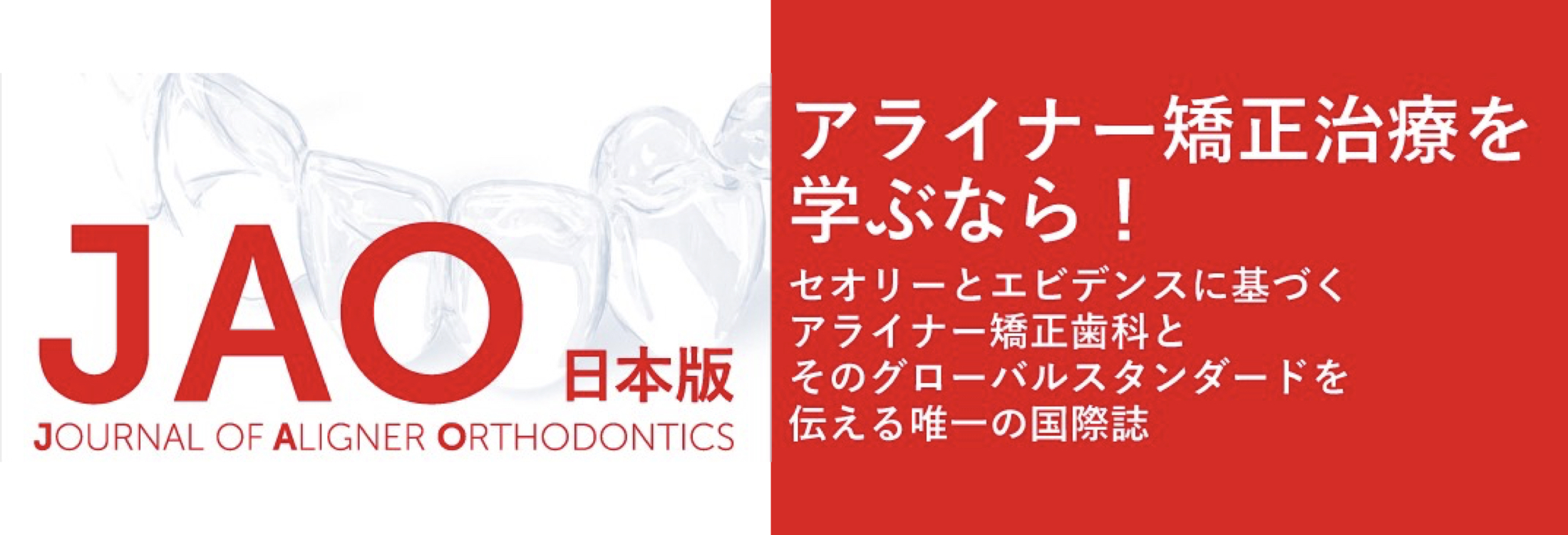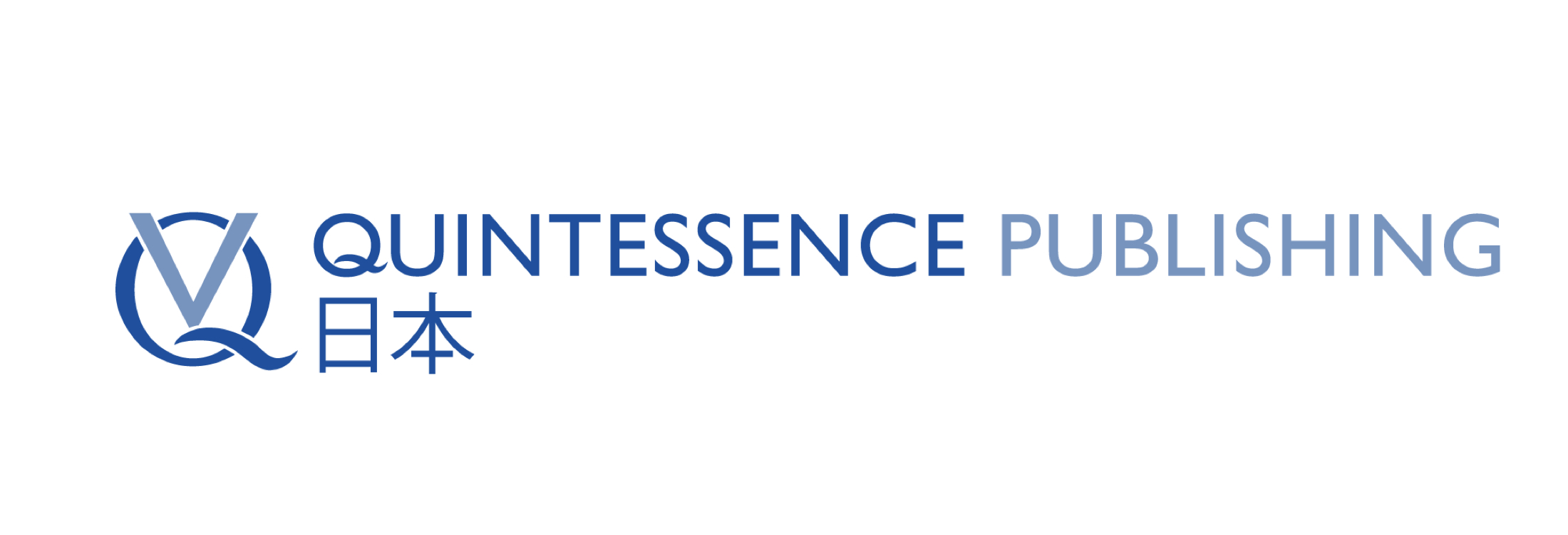2019/02/14The 5th Japan Academy of Aligner Orthodontics Annual Congress 2018
Report from the 5th Japan Academy of Aligner Orthodontics

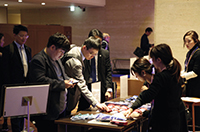
The 5th congress of the Japan Academy of Aligner Orthodontics was held in Tokyo University’s Ito Memorial Hall on December 5th and 6th , 2018. Our 5th meeting since inception in 2014 was the stage for 10 world-famous aligner orthodontic practitioner presenters with an average of between 2,000 and 5,000 cases, and 5 aligner orthodontists from Japan.
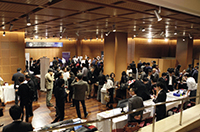
Our bountiful program was attended by 250 people from around Japan and the world. Congress participation since our first meeting in 2014 has now risen to over 1,200 total attendees. International attendees have included residents of Thailand, Taiwan, Hong Kong, Korea, Canada, France, Brazin for a total of 18 different nations. This is both indicative of the international appeal of our congress and the high level of global interest in our field.
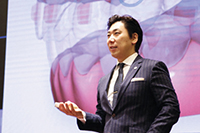
Chairman Kenji Ojima’s opened the conference with the following words:
The 5th JAAO congress is about so much more than the “possibilities” of aligner treatments and “invisible appliances.” It is about the “digital revolution” we have embarked upon on our quest to bring the best possible treatments to our patients.
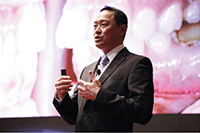
Dr. Yau Yi Kwong was the first presenter to take the stage. In addition to having his own practice in Hong Kong, Dr. Yau is an Align Technology certified speaker. He is a global presence on the global stage of aligner orthodontics, and began our conference with his presentation entitled “Aligner – Restorative Interdisciplinary Treatment with Invisalign System.” He spoke about considerations about implants in aligner treatment planning, such as whether or not to implant during aligner treatments and where to implant if you do, providing an wealth of information from his own experience for all attendees.
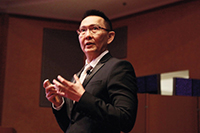
Dr. Naranadr Chevnagkul (Thailand) has treated over 4,000 cases with Invisalign at his practice in Bangkok. In his presentation entitled “The Efficacy of Digital Planning for Complex Aligner Orthodontics,” he shared 5 different cases, including extraction, molar distalization, traditional orthognathic surgery, treatment for sleep apnea with Surgery First and Invisalign, highlighting the effectiveness of digital planning well. We were all lucky to have the rare opportunity to hear Dr. Narandr, a Blue Diamond Provider, speak from the wealth of his experience.
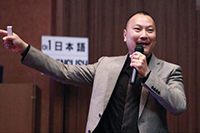
Dr. Ken Sirikrai (Thailand) gave a presentation entitled “Facial First Concept in Aligner Orthodontic Treatment for Adult Patients,” in which he shared several different non-extracted Invisalign treatments which highlighted treatment focusing on facial symmetry. He also gave clear guidelines for precise criteria in the event of an extraction in this informative presentation.

Dr. Alessandroi Mario Greco (Italy) has his own practice in Rome and is an Align Technology Certified speaker. His presentation entitled “Anchorage Modulation with MOPs & TADs for Optimized Aligner Digital Orthodontics” detailed the effectiveness of micro osteoperforation in conjunction with TADs in Aligner treatments. He masterfully explained how to consider anchorage, where and when to use MOPs and TADs, how to determine optimal anchorage during tooth movement, and how to consider points of bone activation.
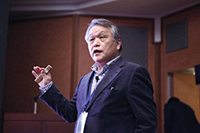
Dr. Junji Sugawara, a 16-consecutive-year presenter at the American Association of Orthodontists, and the only Japanese doctor to present so widely around the world, gave a presentation entitled “Surgery First Approach Meets Advanced Aligner Orthodontics.” This presentation introduced a new Surgery First protocol which enables 3-dimensional movement of the entire dentition using his Skeletal Anchorage System (SAS) and aligners. A practitioner who always puts his patients needs first, Dr. Sugawara’s presentation carefully explained how to increase QOL during treatment, how to reduce the period of multi-bracket treatment as much as possible, and how to transition to aligners. This presentation truly showed the expanding possibilities of aligner orthodontics.
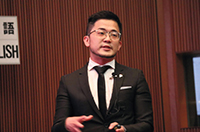
Dr. Chen Cheng Wei (Taiwan) gave a presentation entitles “Does Digital Technology Improve our Practice?” Speaking from experience in his own practice, he laid out a full protocol for digital dentistry, from oral scanning to aligner treatment with Digital Smile Design (DSD). His detailed presentation was surely an eye-opener for many in the audience.










The final slot on day 1 was filled with University of Connecticut professor Ravi Nanda moderating a panel discussion between the days key note speakers. Topics covered included: Why have aligner treatment times shortened from 2 weeks to 1? What evidence is there for Mandibular Advancement? Can CMD be treated with aligners? Why are all aligners delivered by the end of an Invisalign treatment? Should we proceed with treatments in a step-by-step way? These clinical questions and more like them were hurled at the key note speakers in the rich discussion that followed. This in-depth discussion by global masters of aligner treatments was a truly unique and special experience.
Day 2 of presentations opened with DSD Key Opinion Leader and Congress Chairman Dr. Kenji Ojima’s presentation entitled “DSD Invisalign.” Dr. Ojima shared cases treated with a DSD and Aligner collaborated treatment protocol. This protocol included many state of the art digital techniques and attendees surely discovered more about the expanding possibilities of aligner treatment. Using a scanner and 3D printer lays the foundation for an all-digital treatment, but the full execution requires fundamental knowledge of diagnosis, analysis, and detailed planning. The opinion that the advent of digital orthodontics represents a simplification is misinformed. Instead, we discovered that it instead represents a revolution in the precision of treatments.
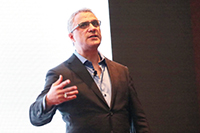
Dr. Sam Daher has treated over 5,000 cases with Invisalign and was originally involved in invisalign’s development. Dr. Dahers presentation, entitled “Digital Revolution in Aligner Orthodontics: Biomechanical Principles Remain Unchanged,” used a wide variety of visuals to remind listeners of the fundamental orthodontic knowledge necessary for even digital treatments, including knowledge of the biomechanics of lateral tooth movement, considerations of the axis of rotation and resistance, and power attrition and moment.
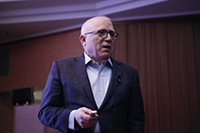
Professor Ravi Nanda (America) gave a presentation entitled “Aligners and Acceleration Methods and Devices: State of the Art,” in which he used the most recent and relevant research to examine evidence for movement using several different technologies as well as issues for further research. His sagely wisdom surely benefitted all who attended.
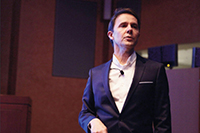
Dr. David Couchat (France) was one of the first doctors in the world to use Invisalign on pediatric patients, has treated over 3,000 cases, and was the first in the world to implement the Invisalign First treatment protocol. His presentation, entitled “Treating Kids from 7 years old with Invisalign First in a Digital Workflow,” detailed methods of space gain using Invisalign First, retention after the first stage of treatment, how to use intermaxillary elastics and more clinical suggestions usable immediately by attendees.
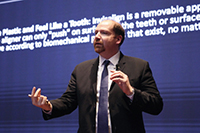
Dr. Waddah Sabouni (France) has his own practice where he has treated over 4,000 cases with Invisalign. In his presentation entitled “Surgical and non-surgical Approach in Treating Deepbite Cases by Using Clear Aligner Orthodontic Treatment,” Dr. Sabouni spoke about vertical control in deepbite cases, the importance of molar extrusion in short face patients, how to perform anterior extrusion using a bite ramp, and more in his superb lecture on the importance of proper examination and diagnosis and aligner techniques in various treatments.
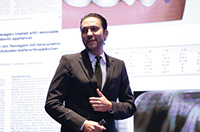
Dr. Kamy Malekian (Spain), a professor in the Department of Orthodontics at Madrid University, has treated over 2,300 cases with Invisalign. Dr. Malekian gave a lecture entitled. “Periodontal Patients: Minimal Invasive Approach with Aligner 3D Digital Planning.” He skillfully explained a variety of techniques and points of consideration in periodontal Invisalign cases. We were fortunate to hear the insights of experience from a doctor who has not only been chosen for the Align Technologies Invisalign Award, but was among the earliest adopters of Invisalign in Spain.


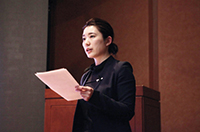
From Japan, returning from last year Dr. Hisao Murakami, Dr. Hitoshi Watanabe, and Dr. Chisato Dan also shared many interesting ideas regarding aligner orthodontic treatments drawing from their own rich experience.
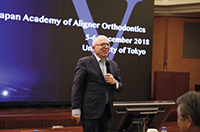

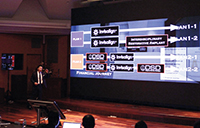

85 years have passed since Remensnyder revolutionized orthodontics with the invention of the aligner, and we owe the success of our own congress to the hard work and dedication of the doctors and researched who have built the field into what it is today. It is no overstatement to say that all who participated in our congress, presenters and attendees alike, should consider themselves pushing the blade of the cutting edge of our field. We were elated to be able to provide a stage for doctors from around the globe to come together and share their knowledge, wisdom, and discussion.
Our conferenced closed with Dr. Kenji Ojima’s announcement of the different aligner orthodontic congresses around the world, including the DGAO (German Association for Aligner Orthodontics, EAS (European Aligner Society), TAAO (Taiwan Association of Aligner Orthodontics), SEDA (Spanish Association for Aligner Orthodontics), SFOPA (French Society of Aligner Orthodontics), and SGAO (Swiss Society for Aligner Orthodontics).
Finally, the JAAO Member Case Review Meeting, to be held on 4/21/2019 was announced. In the 5 years since our congress was founded, aligner treatment has become more and more well known in Japan, and the need to discuss common issues with treatments and recovery has become greater and greater, bringing us a larger volume of questions and consultations every year.
We sincerely hope that a large number of doctors take this opportunity to raise the bar on the results of their own aligner orthodontic treatments.
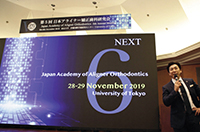
We are proud to announce the 6th annual meeting of the Japan Academy of Aligner Orthodontics. The congress will be held on 11/28 and 11/29, 2019. The JAAO will continue to pursue its goal to be a stage not of treatment criticism, but mutual respect, mutual improvement, and communication under the banner of “Innovation.”






















